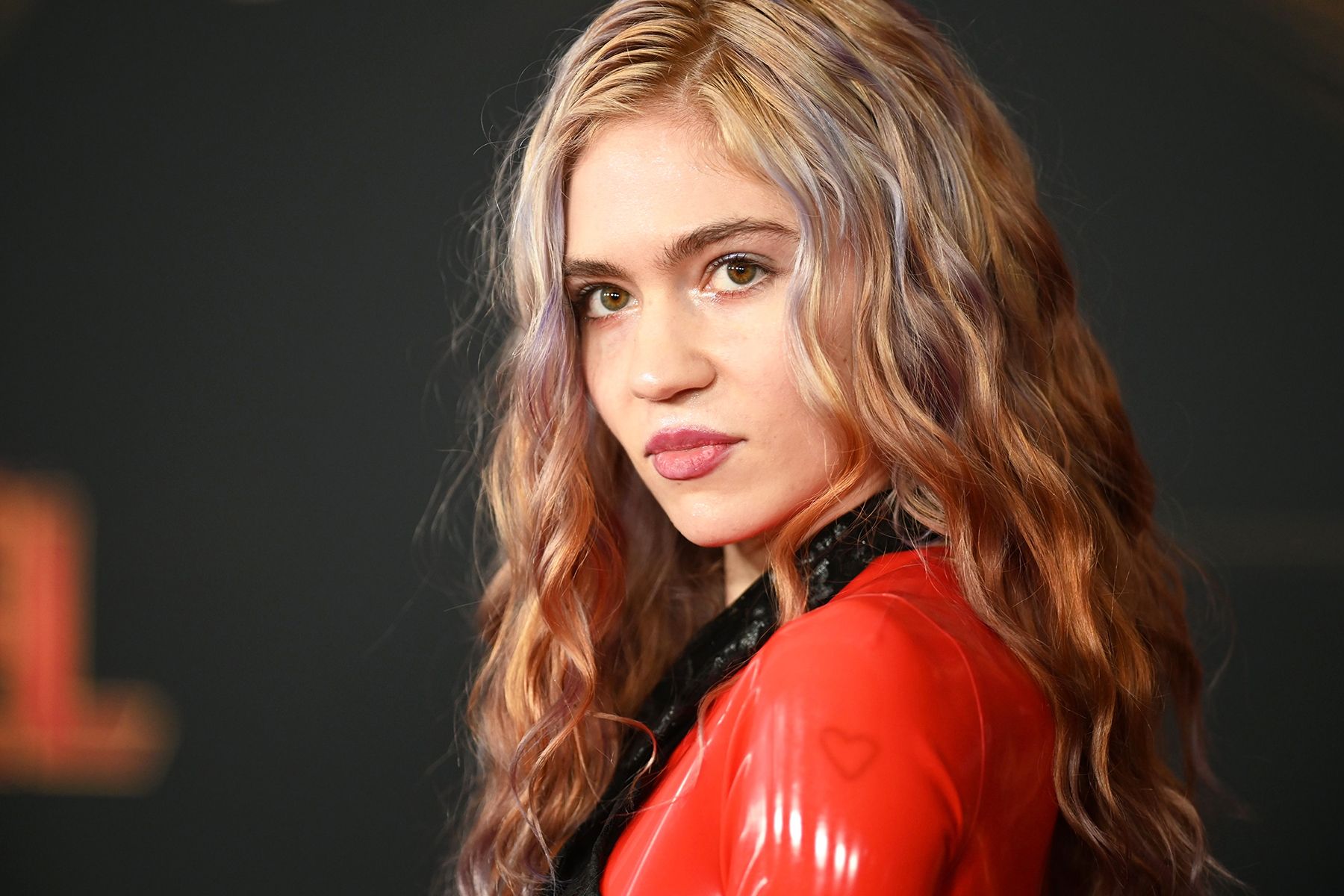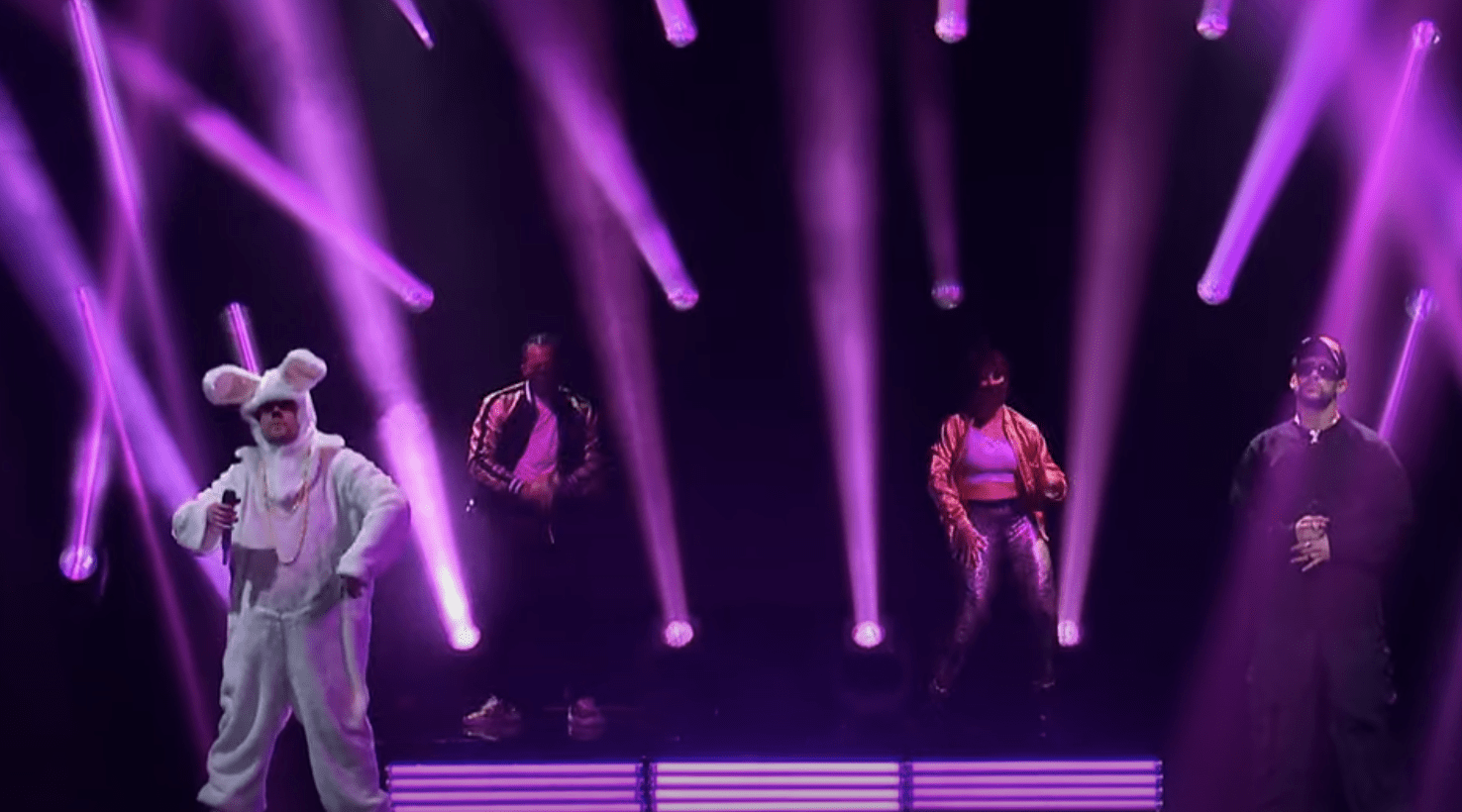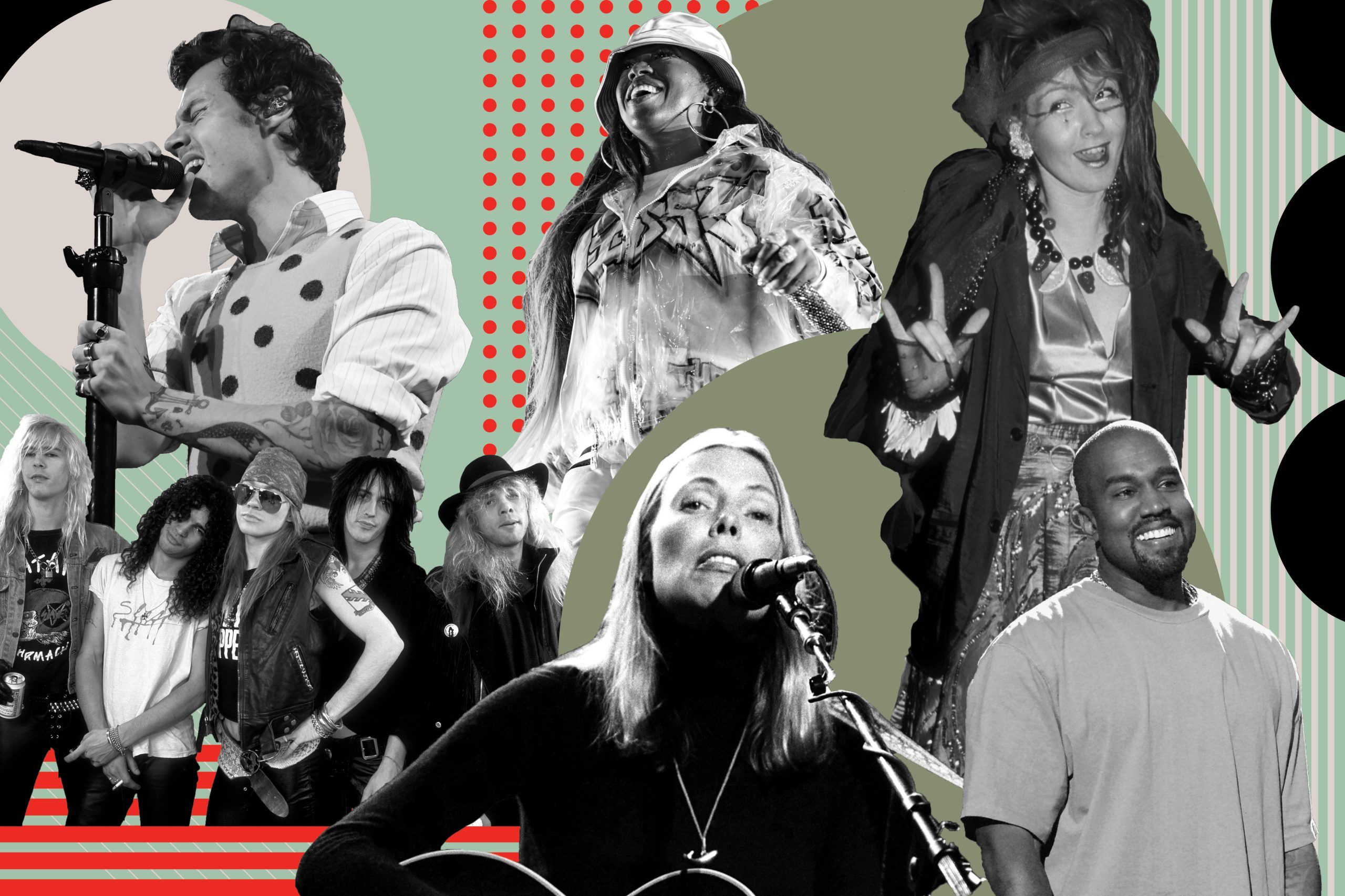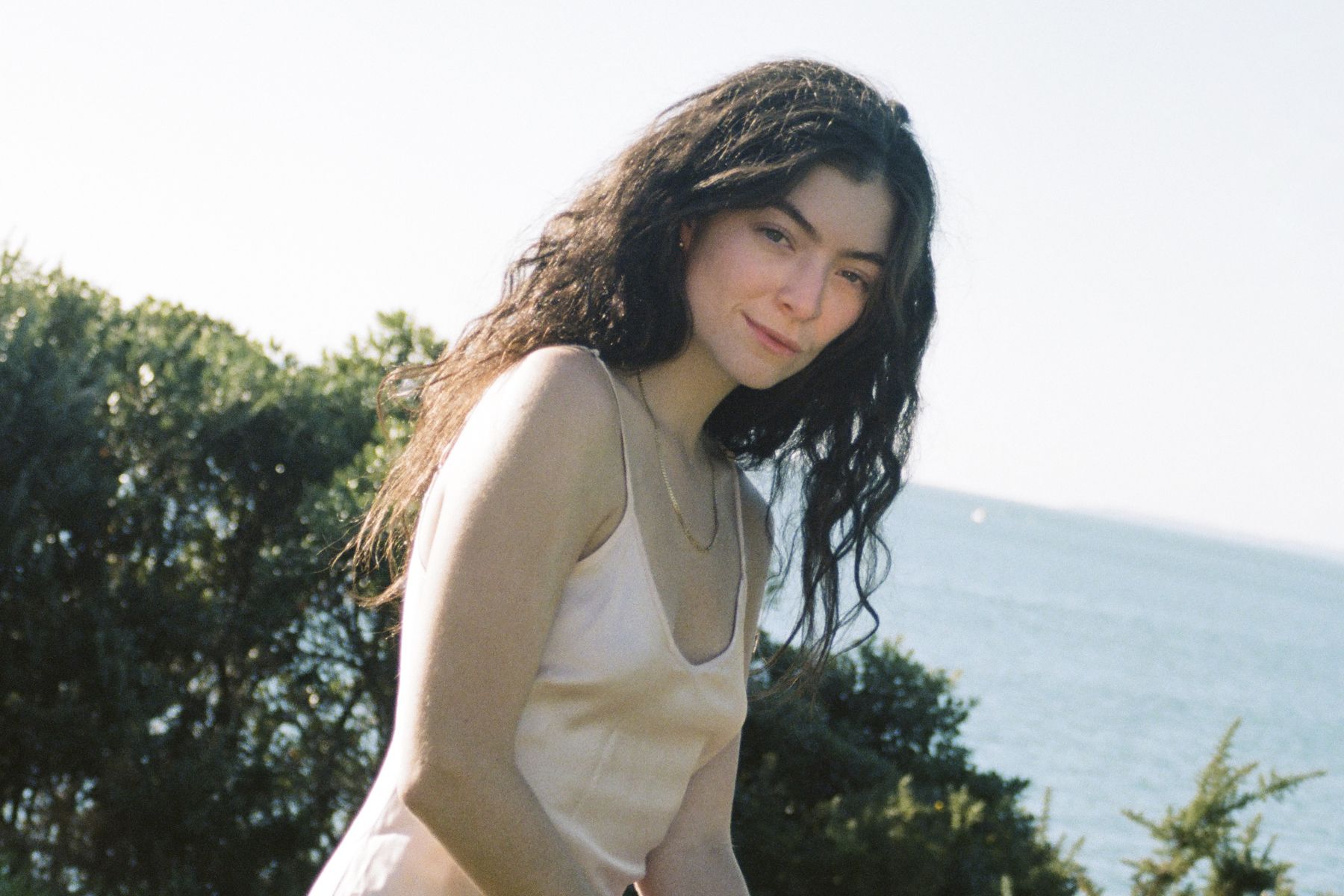
How TikTok Tried, and Failed, to Make NFTs With Pop Stars
NFTs have been the source of eye-popping headlines all year: A $1 million sale here, a $10 million sale there, and the sudden impression that there’s profit and prestige everywhere. But people who worked on NFTs long before they were the subject of mainstream attention are quick to point out that these digital collectibles are not synonymous with easy money and in-the-know cachet.
“People love to brag about their successes and never about their failures,” says Justin Blau, a DJ and producer (as 3LAU) who made his own headlines with blockbuster NFT sales at the end of February. “I can tell you that, having been involved with this world for seven years, I’ve failed more times than I’ve succeeded. People come in guns blazing; they’re not really sure how to navigate the space; and they get burned.”
This may have been what happened with TikTok earlier this year. The company announced plans this fall to memorialize popular moments on the app through a series of one-off NFTs with musicians like Lil Nas X and creators like Curtis Roach (2.1 million followers). Money from selling these works would go to the artists involved. But TikTok never put out the Lil Nas X NFT. People with knowledge of the project and its rollout described it as “messy” — they spoke on condition of anonymity, worried that TikTok would penalize them otherwise — and when the release date of the first digital collectible came and went with no product in sight, at least one other artist was already considering abandoning the effort.
Now it seems like Lil Nas X’s pullout may have been a symptom of larger challenges for TikTok — or had a mini-domino effect on the whole project. The massive company has attracted over a billion monthly active users, but it was also unable to produce planned digital collectibles involving other prominent musicians — such as Bella Poarch and Grimes — as well as one linked to the popular creator Brittany Broski (6.3 million TikTok followers).
“I’m glad mine was able to happen,” says Jess Marciante, a creator who was involved with a one-off NFT that went up for auction at the end of October. “But it’s unfortunate that it wasn’t all six that were supposed to happen.”
NFTs — short for non-fungible tokens — are digital data often linked with a file of an image, song, or video. Blau actually prefers the more grasp-able description “limited digital asset,” noting that non-fungible token is “a terrible term.” Thanks to the blockchain code where the NFT is stored, it is guaranteed to be unique.
TikTok’s most successful NFT in terms of auction price was Curtis Roach’s “Bored in the House” video — a clip that went viral during the early weeks of the pandemic and became the inspiration for a Tyga single. That NFT was purchased for a little more than $100,000. (TikTok had been hoping to attract a bid for Poarch’s NFT of at least $1 million, according to two members of the crypto community who spoke to Rolling Stone earlier this year.)
But all the biggest music artists ended up bailing on the TikTok project. To some spectators with extensive NFT experience, TikTok’s overpromising and underdelivering was not surprising. The company, at its core, encourages hyper-centralization, ensuring that teens around the world can mimic the same dance or mainline the same 15-second snippet of a song. But some NFT proponents note that TikTok’s power, while formidable, doesn’t necessarily align with their ethos.
“With TikTok or Facebook, they’re seeing that Web 3.0 fire burning and they want to be a part of it,” asserts Georgio Constantinou, a music manager who also co-founded 6 Agency, the company that recently helped broker the sale of Wu-Tang’s one-of-a-kind album to a crypto group. “But that doesn’t necessarily gel. The beauty of what’s happening with NFTs is that artists can do it themselves —you don’t need a big corporation to do it for you.”
Because of this stance, there may also have been a fear on the part of some artists that working with a major company like TikTok on an NFT could be perceived as starting off on the wrong foot, causing them to pull out. “There’s not much of an appetite for it [in the crypto community],” Constantinou says. “Anything that’s anti-ethos people in the community would resist,” Blau agrees.
Sources say logistical obstacles, rather than philosophical differences, also hampered TikTok’s ability to produce the promised NFTs. “This entire project was rushed,” says one frustrated source involved in the rollout. “When [Lil Nas X] dropped out, [TikTok] should’ve taken a minute to get their shit together before moving on with the rest [of the planned NFTs]. Unfortunately, they didn’t.” (Blau notes that “a lot of people rush things” in the NFT space, where it’s better to have “a longterm mindset.”)
In multiple cases, TikTok was unable to hit key milestones necessary to bring its project to fruition, according to sources who spoke on the condition of anonymity. Even though Marciante’s NFT saw the light of the day, she notes that making it happen “was definitely a long process with so many moving parts.”
In the case of Lil Nas X’s proposed NFT, sources say one of those moving parts proved elusive: TikTok could not obtain the music publishing rights for the hit “Montero (Call Me By Your Name).” That may have been due in part to the complications around paying future royalties in cryptocurrency. Each time an NFT is re-sold, rights holders are due a small percentage of royalties, so if someone flipped the Lil Nas X NFT, some cryptocurrency would flow to “Montero” songwriters. That represents a new challenge for music publishers, in this case Universal Music Publishing Group. (Representatives for UMPG did not respond to requests for comment.)
In a statement, Nick Tran, TikTok’s Global Head of Marketing, congratulated the artists and creators whose NFTs were released. “We are happy that we were able to support some of our favorite creators and provide opportunities for them to connect with their fans,” he adds. “Although we are disappointed we weren’t able to make it happen with some of our favorite creators and artists, we are glad that the door is open for future TikTok projects.”
Marciante says she learned a lot from working with TikTok on her NFT. She was especially excited that, as part of her collaboration with the app, her work got a spotlight at the Museum of Moving Image in New York next to other planned NFT videos. “I am a videographer and photographer, so to have my work in a museum is insane,” she explains. “Then to have it auctioned? [The original video] is just something I did in my room one day.”
She adds that it was “cool” that names like Lil Nas X and Broski “even were going to be involved [with the project] at one point.” “But,” she continues, “I wish it all fully came through.”




